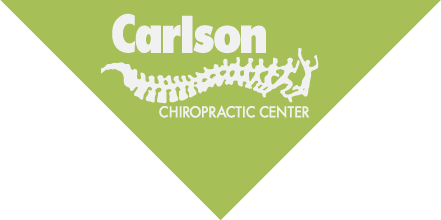Spring has arrived! Or at least it’s trying to. For many people, including runners, that means less footwear. Until recently, most of us considered the right athletic shoes an important part of our gear. However, lately, there has been a lot of talk among runners, CrossFit enthusiasts, and weight lifters – less is better, and no shoe is best. The jury is still out for many as to whether or not barefoot running is actually better for you, and there are some compelling arguments both ways.
Barefoot running enthusiasts operate on the premise that the intrinsic muscles, joints, ligaments, and mechanoreceptors of the feet require the right stimulation to function properly, and highly supportive and cushioned shoes inhibit this. They also contend that the thickly padded heels of most of today’s running shoes have produced runners that strike heavily on their heels and have a gait that is different from the gait of a barefoot runner.
However, that doesn’t mean barefoot running is injury-free. While bunions, neuromas, plantar fasciitis, and stress fractures can all be the result of inappropriate shoes, barefoot running can also produce its share of injuries—from frostbite to tendonitis, metatarsal stress fractures, lacerations, puncture wounds, abrasions, and stone bruising.
Ask the Chiropractors at the Joplin Carlson Chiropractic Center
So the question is, what to do? If you are interested in barefoot running, like any other change inactivity, you need to start gradually to reduce the risk of injury. Muscles in your feet, calves and legs may have to overwork. Stress on the plantar fascia and on the Achilles tendon is increased, so take it slow. According to the American Chiropractic Association, there are a few steps you need to take to ease into the practice.
- Start with walking barefoot or in minimalist shoes, and gradually work into running.
- Progress to short runs. Begin running only five minutes per run, and gradually increase.
- Rather than going totally barefoot, use a minimalist shoe to protect your feet from thorns, glass, nails, stones and other debris.
- Stop barefoot running at the earliest sign of pain.
- Avoid running barefoot in freezing temperatures.
- Be prepared for blisters and calluses to form as you transition to barefoot running.
Further Research
Bottom line, the barefoot running debate has prompted the need for further research to understand what is truly healthier for our feet. If you are prone to injury or are a beginner, call Carlson Chiropractic Center and set up a consult with a doctor of chiropractic. People with the gift of optimal biomechanics will thrive with barefoot running, regardless of where they run. But other people’s foot biomechanics will require shoes to prevent injury, and still, others will require additional supportive or corrective shoes to function near normal.
Before changing your shoe type or running style, it may also be a good idea to go to a running shoe store (in Joplin, check out The Run Around). There you can get a gait analysis and find out which shoes will help you reach your fitness goals. As further research uncovers the effects of shoes on our feet, alterations and modifications in shoe design will continue. Remember, even though barefoot running may have worked well with our ancestors, our modern-day feet may need a gradual transition or be better off staying in shoes.
Chiropractic care uses the basic principle of putting the patient first—no drugs, no surgery, no nonsense. We want to help you reach your health goals, so you can live your life naturally.

